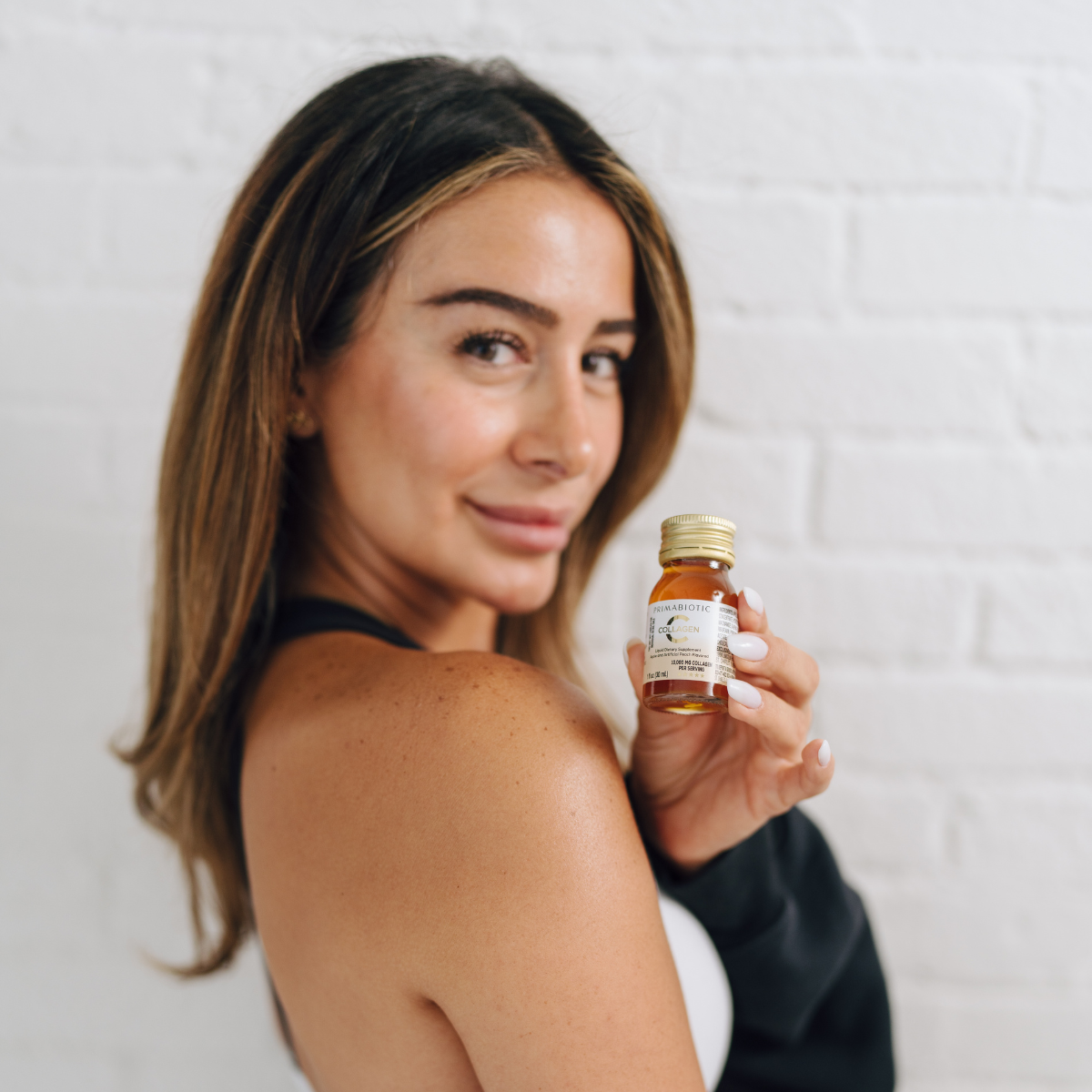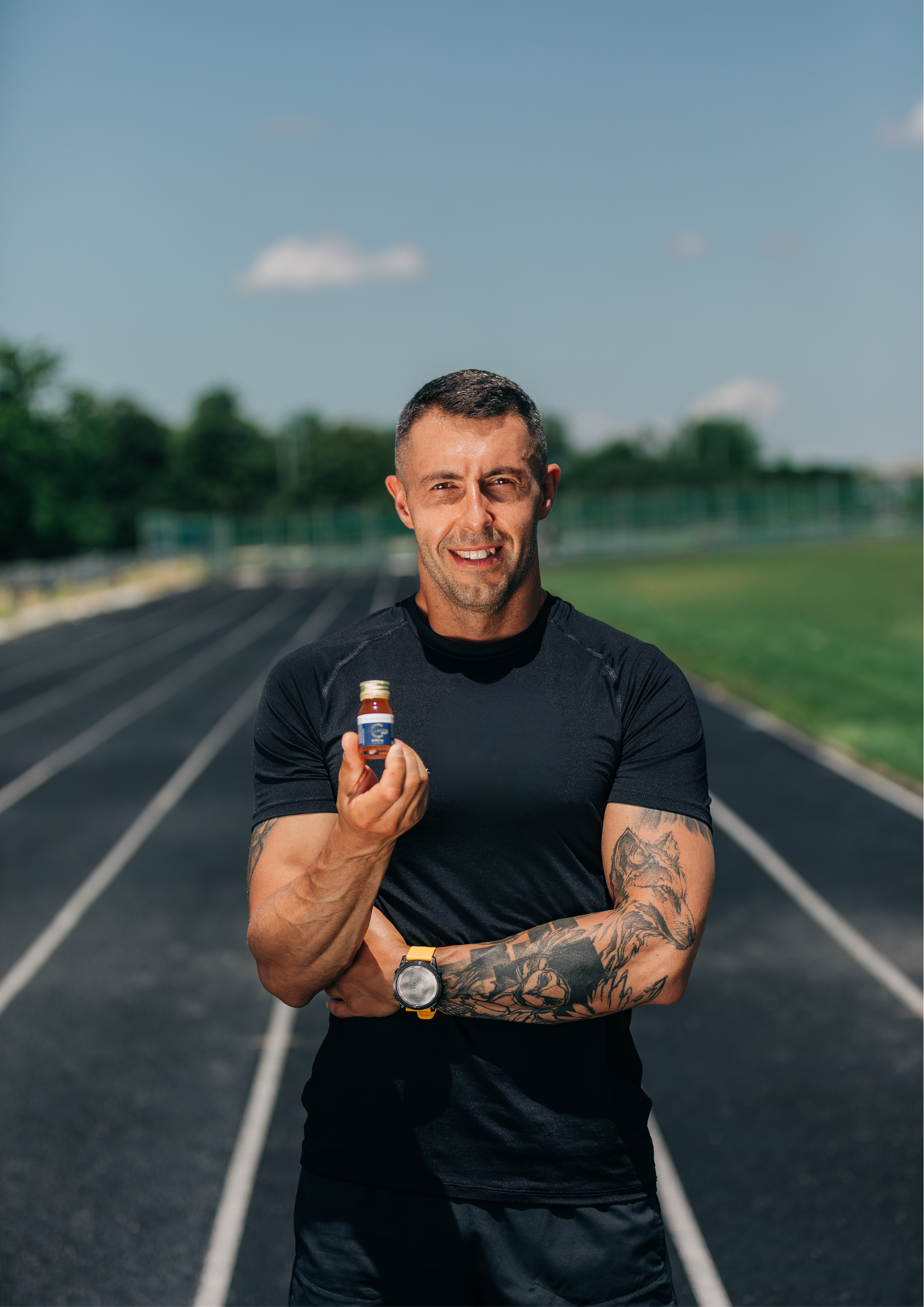Collagen Winter Edition
New flavour: apple & cinnamon
Over 45 million bottles sold
Made with 100% natural ingredients
Safety guaranteed - Swiss recipe
Your glow, our mission
Natural supplements for your beauty and wellbeing. Trusted by thousands of people across Europe and the United States.
Our Most Loved Products

A premium blend of collagen and vitamins designed to nourish your skin, hair, nails, and joints from within. No added sugar and only 45 kcal per serving - pure nourishment in every sip.

High-strength hyaluronic acid shots enriched with vitamin C, biotin, zinc, and coenzyme Q10. For lasting hydration, improved smoothness, and visible skin renewal. Vegan, sugar-free, and naturally mango-flavoured - just 10 kcal per serving.

Sport Bestseller
A premium collagen shots formulated for those who like to stay active. With 10,000 mg of collagen, 12 vitamins, and silicon, it helps maintain strong muscles, flexible joints, and healthy bones. Only 45 kcal per serving - daily support for your movement and vitality.